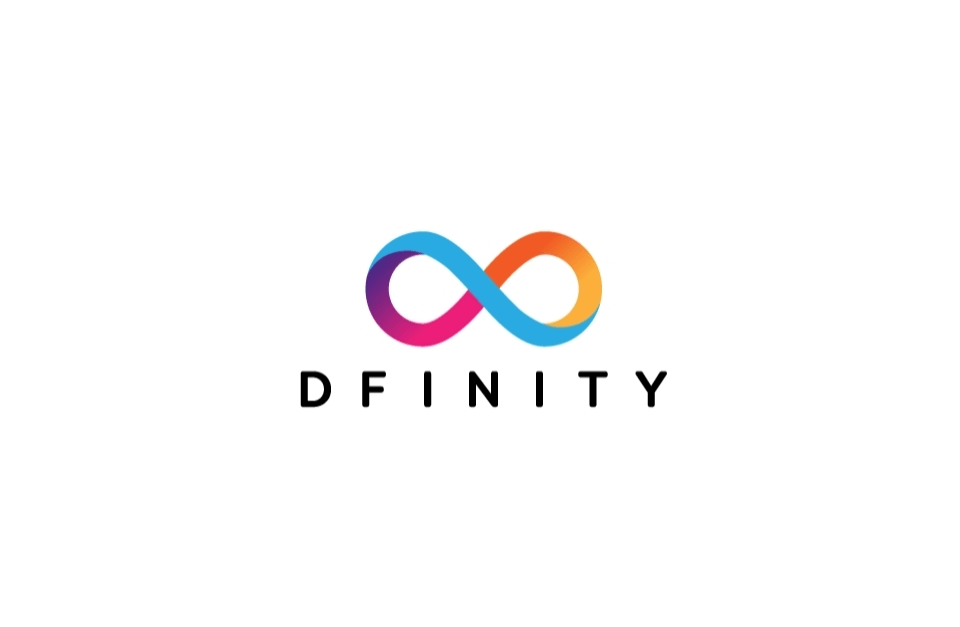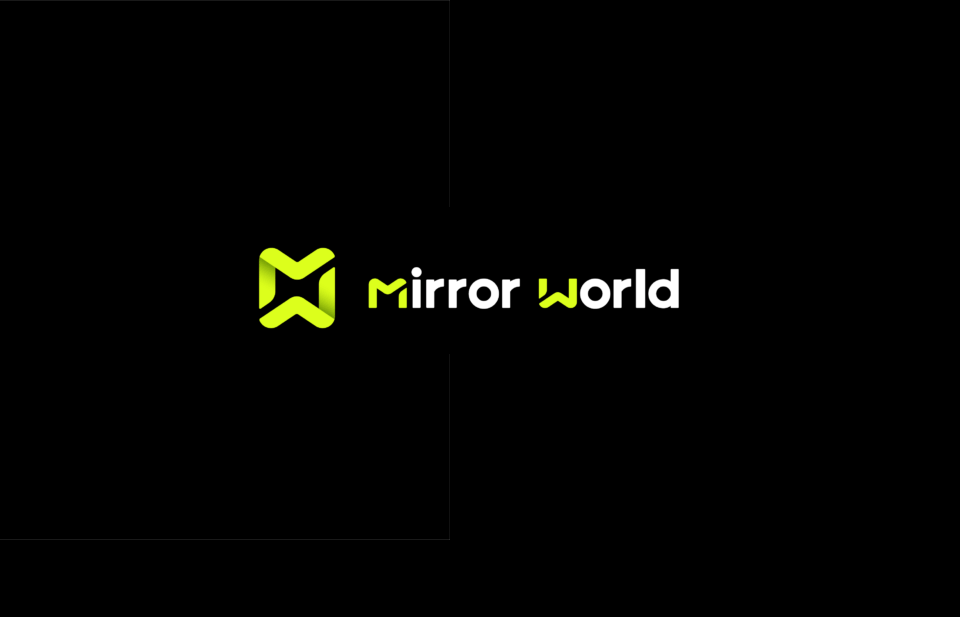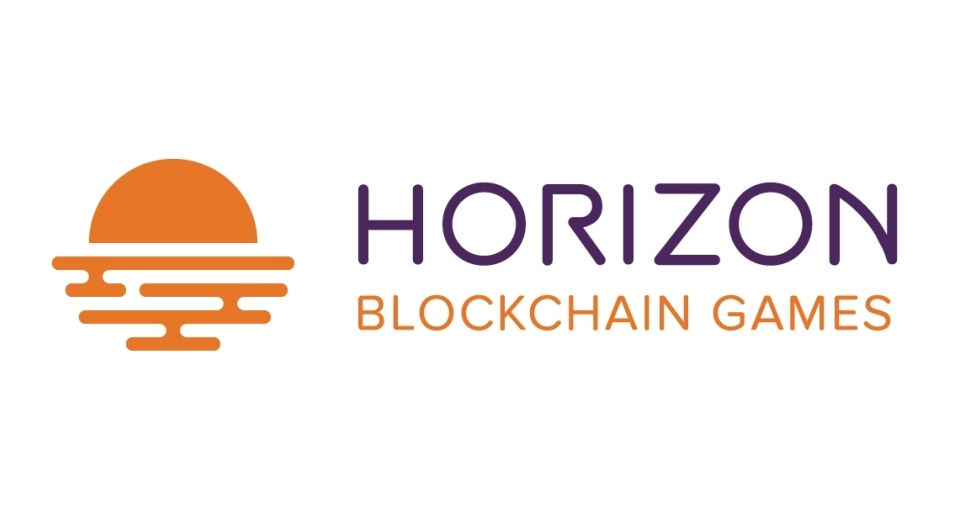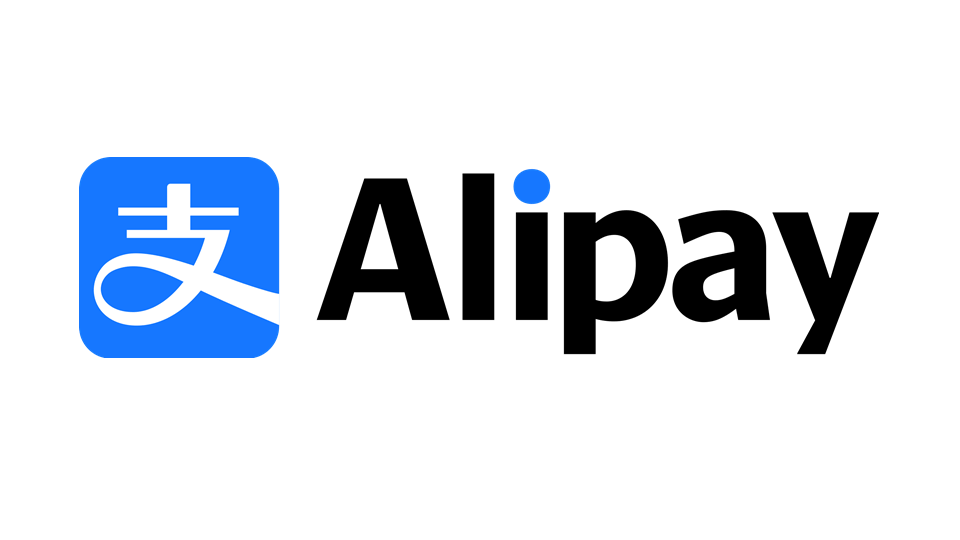WEB 3.0
Web 3.0 crypto coins represent a revolutionary stride towards a decentralized internet, aligning with blockchain projects that break free from the conventional centralized control. As some of the leading digital assets within the cryptocurrency arena, they frequently offer promising returns to investors, reflecting their growing significance and popularity.
With a sprawling selection of over 1000 web 3.0 crypto coins, pinpointing the right investment opportunities might appear daunting. However, our proficient team has meticulously sifted through the myriad of choices, identifying the most promising and secure web 3.0 crypto coins. These selections were crafted considering a variety of factors such as their integration into emerging technologies, rate of acceptance within the market, current valuation, and anticipated future prices, offering a comprehensive guide for those looking to venture into this innovative financial landscape.
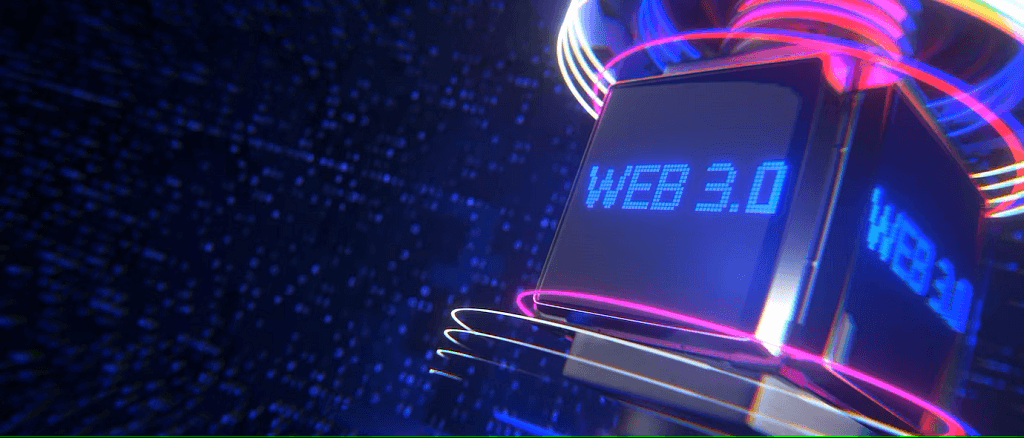
What is Web 3.0 in crypto?
Cryptocurrency is inextricably linked with Web 3.0, and this connection is epitomized in the various protocols that function on the bedrock of digital tokens. Web 3.0 envisions a decentralized Internet, where contributors are incentivized with tokens for their efforts in creation, governance, improvement, or contributions to different projects. These digital assets, known as Web 3.0 tokens, become pivotal in providing services such as computation, bandwidth, storage, identification, and hosting, tasks traditionally managed by cloud providers.
Take, for example, the Livepeer protocol. Anchored on the Ethereum platform, it establishes a marketplace that connects video infrastructure providers with streaming applications, thus decentralizing the domain of video services. Helium operates on a similar principle, leveraging blockchain and tokens to encourage consumers and small businesses to participate in supplying and verifying wireless coverage and transmitting device data through the network. In this ecosystem, the integration of cryptocurrency transcends mere monetary value and forms the structural and functional core of a decentralized, user-powered Internet.
What are the properties of Web 3.0?
The gradual transition from Web 2.0 to Web 3.0 is unfolding subtly, largely unnoticed by the wider populace. On the surface, Web 3.0 applications maintain a semblance of their 2.0 counterparts, with the dramatic alterations occurring behind the scenes. Web 3.0 heralds the dawn of universal applications, designed to be read and utilized across diverse devices and software types, thereby streamlining both commercial and leisure pursuits.
Central to this transformation is the decentralization of data, facilitated by cutting-edge technologies like distributed ledgers and blockchain storage. Unlike Web 2.0’s emphasis on centralization, surveillance, and manipulative advertising, Web 3.0 aspires to construct a transparent and impregnable environment. This new paradigm challenges the entrenched norms of control and exploitation, heralding a future where users are not just passive consumers but active, empowered participants in a more democratic digital ecosystem.
Why is Web 3.0 important?
The gradual transition from Web 2.0 to Web 3.0 is unfolding subtly, largely unnoticed by the wider populace. On the surface, Web 3.0 applications maintain a semblance of their 2.0 counterparts, with the dramatic alterations occurring behind the scenes. Web 3.0 heralds the dawn of universal applications, designed to be read and utilized across diverse devices and software types, thereby streamlining both commercial and leisure pursuits.
Central to this transformation is the decentralization of data, facilitated by cutting-edge technologies like distributed ledgers and blockchain storage. Unlike Web 2.0’s emphasis on centralization, surveillance, and manipulative advertising, Web 3.0 aspires to construct a transparent and impregnable environment. This new paradigm challenges the entrenched norms of control and exploitation, heralding a future where users are not just passive consumers but active, empowered participants in a more democratic digital ecosystem.
How will Web 3.0 work?
Web 1.0 and 2.0 were marked by HTML as the cornerstone technology that governed the structure and delivery of webpages, a role it will continue to play as Web 3.0 evolves. However, what distinguishes Web 3.0 is the transformation in how HTML will connect to data sources and where these sources are housed.
In Web 2.0, most websites and virtually all applications depended on centralized databases to serve data and activate functions within applications. This model placed substantial control in the hands of a few key entities, which wielded significant influence over information flow and user data.
Contrastingly, Web 3.0 ushers in a novel paradigm, where applications leverage decentralized blockchains devoid of any central authority’s dominance. This theoretical democratization of data creation and validation offers users unprecedented control over their online experience and personal information. The shift from centralized to decentralized data management is emblematic of the broader movement towards user empowerment and sovereignty, reshaping the very essence of the internet in a way that resonates with the principles of transparency, privacy, and individual agency.
What are the Key Features of Web 3?
Web 3.0 represents a dramatic shift from the centralized governance and applications of its predecessors, introducing new facets that are poised to redefine the way we interact with the digital world:
Decentralized: In contrast to the centralized structures of Web 1.0 and 2.0, Web 3.0’s distribution of applications and services doesn’t rely on a single controlling entity. This decentralization promotes a more inclusive and democratic online ecosystem.
Blockchain-based: Serving as the foundational technology for Web 3.0, blockchain decentralizes the control and validation of data across a widely distributed peer-to-peer network. Its immutable ledger of transactions and activities bolsters trust and authenticity among participants.
Cryptocurrency-enabled: As an essential element of Web 3.0, cryptocurrency is anticipated to largely supplant traditional fiat currency, emphasizing the web’s increasing departure from centralized governmental control.
Semantically Organized: Web 3.0 will harness the Semantic Web, an intelligent system that understands and categorizes information in a way that mimics human comprehension. This shift will revolutionize search queries and content sharing, making interactions more intuitive and responsive.
Autonomous and Artificially Intelligent: Automation and AI will permeate Web 3.0, tailoring user experiences by filtering and presenting relevant data. This integration of AI within websites and services will facilitate more personalized and efficient navigation, aligning with the individual needs and preferences of each user.
These innovative features converge to form a groundbreaking vision for the internet’s future, one where power is distributed more evenly, interactions are more intelligent and personalized, and users retain greater control and autonomy. Web 3.0 is poised to herald an era of transparency, inclusivity, and responsiveness, reshaping our digital lives in profound and exciting ways.
YOU CAN WIN $200 EVERY HOUR

